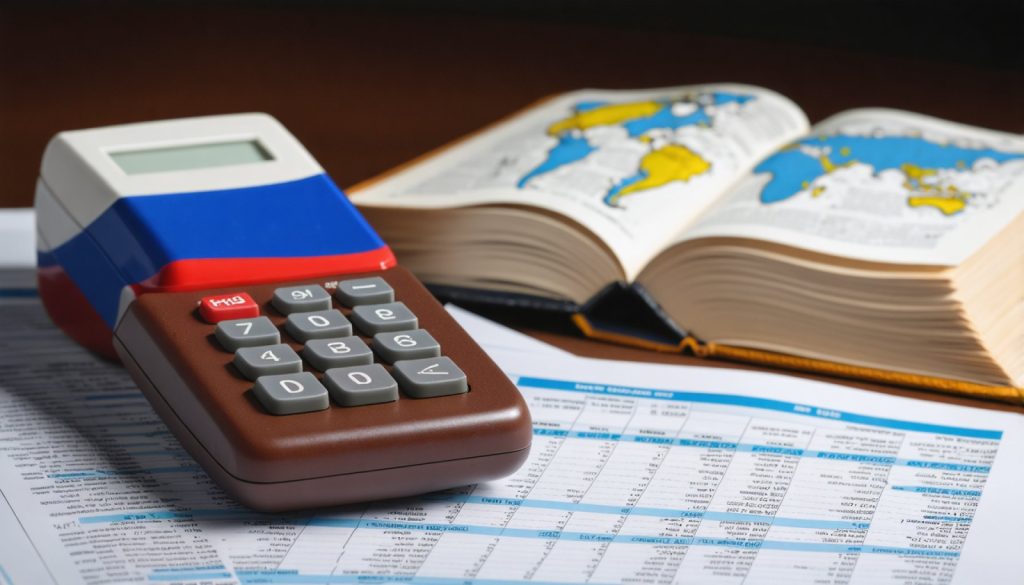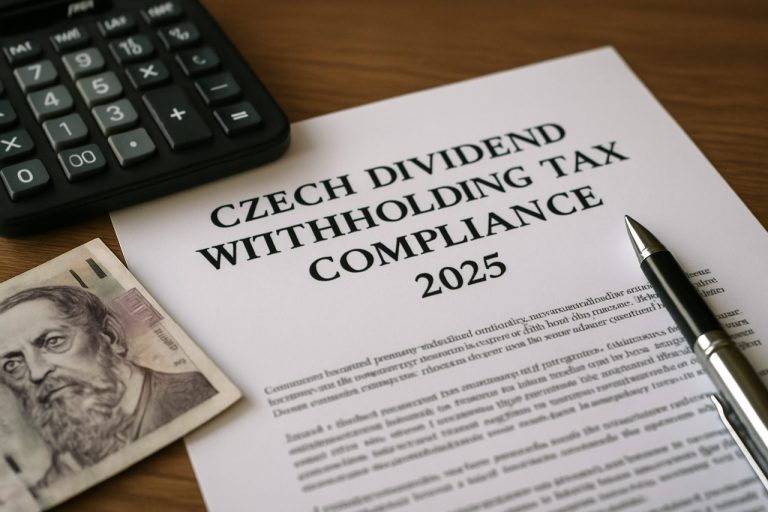
- Russia’s tax system is primarily governed by the Tax Code, which consists of general tax principles and specific tax types and rates.
- The flat personal income tax rate of 13% is a key attraction for professionals and entrepreneurs, offering simplicity and leniency compared to many other countries.
- Corporate tax rates are around 20%, with regional authorities having the flexibility to adjust local rates to encourage economic growth.
- Special economic zones and technology parks provide lower tax rates to attract innovation and foreign investments.
- The Russian tax compliance landscape is dynamic, influenced by geopolitical and domestic changes, necessitating vigilance from investors and businesses.
- Understanding and maneuvering through the Russian tax system offers substantial opportunities for growth in one of the world’s largest markets.
- Engaging local expertise and staying updated on tax regulations is crucial for success in Russia.
Russia, with its vast landscapes and rich history, presents an equally intricate system of tax laws that can baffle even the most seasoned investors. Beneath the surface of political headlines and cultural intrigue lies a complex web of fiscal regulations that both opens doors and raises barriers to economic opportunity.
The Russian tax system operates largely through the Tax Code of the Russian Federation, a document as formidable as the Siberian winter. It consists of two distinct parts: a framework that introduces the general tax concepts, obligations, and responsibilities, and a second section that outlines the specific types of taxes and their respective rates. The architects behind this legal behemoth designed it to maintain a balance between fostering domestic development and attracting foreign investments.
A flat tax rate of 13% on personal income, introduced in 2001, stands out as one of Russia’s most enticing fiscal policies, luring professionals and entrepreneurs alike. This simplicity and relative leniency in personal income tax, compared to other global economies with progressive tax systems, attracts talent eager to capitalize on this unique financial landscape.
Corporate taxes tell a different tale. The corporate tax rate hovers around 20%, divided between federal and regional authorities. However, regions have the power to adjust their portion, providing incentives tailored to boost local economic activity. Special economic zones and technology parks serve as honey pots, offering even lower tax rates that attract innovation and capital from far and wide.
Beyond the numbers, navigating Russian taxation demands vigilance. The nation’s tax compliance environment is as dynamic as its political stage; rules can shift rapidly, influenced by geopolitical tides and domestic needs. For the unwary, missteps can lead to legal entanglements as dense as the forested Russian taiga.
Yet, here lies the takeaway: For those with the foresight and willingness to engage with the intricacies of Russian tax law, the rewards can be substantial. Companies that play their cards right, leveraging incentives and maintaining compliance, find fertile ground for growth in one of the world’s largest markets.
Investors and businesses looking to enter Russia must tread thoughtfully, engaging with local experts and staying informed about the ever-evolving tax landscape. The puzzle of Russia’s tax system, once deciphered, offers a tapestry of opportunities—a bountiful reward for those bold enough to unlock its secrets.
Navigating Russia’s Tax Landscape: Unlocking Opportunities in a Complex System
Understanding Russia’s Tax System: Key Insights
Russia’s tax system is both an opportunity and a maze for investors and professionals seeking economic advantage in one of the world’s largest markets. Here, we’ll explore the nuances of Russia’s tax policies and offer insights for navigating this complex terrain.
How the Russian Tax System Operates
The Russian tax system is guided by the comprehensive Tax Code of the Russian Federation, divided into two key parts:
1. General Framework: This outlines the fundamental tax concepts, obligations, and responsibilities.
2. Specific Taxes and Rates: This details the various taxes and their rates.
The system is designed to attract foreign investments while bolstering domestic development.
Personal Income Tax: A notable feature is the flat tax rate of 13% on personal income, implemented in 2001. This simplicity provides a stark contrast to the progressive tax systems seen in many other nations, making Russia appealing to high-earning individuals and entrepreneurs.
Corporate Tax: On the corporate side, taxes are approximately 20%, comprising federal and regional components. Regions can adjust their share, creating a dynamic landscape of incentives aimed at spurring local economic growth. Special Economic Zones and technology parks offer even lower tax incentives, designed to attract innovation and foreign capital.
Navigating Challenges and Opportunities
While the Russian tax system can be rewarding, it demands acute awareness and adaptability due to its dynamic nature heavily influenced by geopolitical factors. Missteps can lead to complex legal challenges, making it crucial for businesses and investors to engage local experts familiar with the ever-evolving regulations.
Practical Steps for Businesses Entering Russia
1. Engage Local Experts: Collaborate with local tax advisors to navigate regulations effectively and ensure compliance.
2. Monitor Regulatory Changes: Stay informed about policy shifts influenced by geopolitical and economic changes.
3. Leverage Tax Incentives: Identify and utilize regional incentives, especially within special economic zones, for cost-effective expansion.
4. Ensure Comprehensive Compliance: Maintain meticulous records and ensure timely tax filings to avoid legal complications.
Market Trends and Predictions
Russian fiscal policy will likely continue evolving, especially as global economic conditions change. The increasing focus on technology parks and economic zones indicates a trend towards fostering innovation and drawing tech investments. Analysts predict this trend will accelerate as Russia seeks to diversify its economy beyond natural resources.
Pros and Cons Overview
Pros:
– The flat personal income tax rate is highly competitive.
– Regional incentives offer strategic benefits for businesses.
– Special zones provide opportunities for innovation-driven growth.
Cons:
– Complex legal landscape requires diligent compliance.
– Frequent regulatory changes can create uncertainty.
– Geopolitical factors can impact the stability of investments.
Actionable Recommendations
– Conduct Thorough Research: Before entering the Russian market, thoroughly research the specific regional tax policies that affect your industry.
– Build Local Partnerships: Establish partnerships with local businesses or consultants for better market entry strategies.
– Plan for Uncertainty: Develop contingency plans to adapt quickly to any unforeseen regulatory changes.
By understanding the intricacies of the Russian tax system and leveraging its unique opportunities, investors and businesses can navigate this complex landscape to their advantage.
For further exploration of Russia’s tax policies and business landscape, consider visiting the official Russian government portal here. This resource offers a wealth of information on current regulations and compliance guidelines, making it a valuable tool for anyone looking to operate in Russia.



